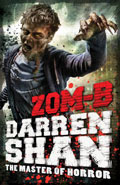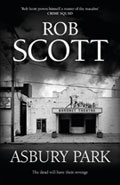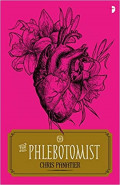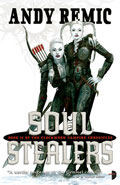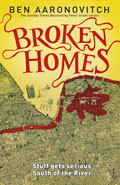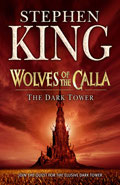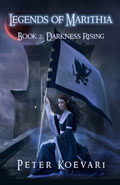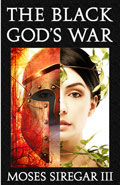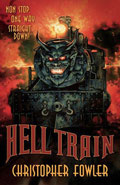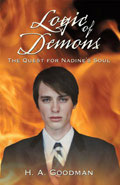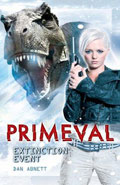Dark Sun, Bright Moon
By Oliver Sparrow
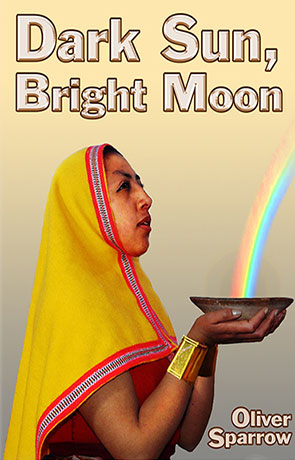
- Dark Sun, Bright Moon
-
Author: Oliver Sparrow
-
Publisher: Self Published
- ISBN: 978-1500432010
- Published: July 2014
- Pages: 576
- Format reviewed: Paperback
- Review date: 28/05/2015
- Language: English
- Age Range: N/A
A weighty tome that dramatises the historical events of the Huari Empire in the Andes, mixing in a fantasy plot, Dark Sun, Bright Moon is difficult to categorise. On one hand we have a meticulously researched historical context with pictures and appendices to explain terms and illustrate scenes, on the other we have a fantasy plot inserted into these contexts.
It is refreshing to see a work set into South American history and mythology, but it is difficult to categorise Dark Sun, Bright Moon and understand what position a reader should adopt. The depicted events cover a prodigious timeline and initially, Sparrow takes up a removed position trying to piece these together into a narrative. The result is less Christian Jacq than it perhaps should have been, in that we initially have few characters to connect to and when we do connect, we are pulled away at times by the scope of the work. This is in essence, like a scriptment, rather than a novel.
After a few chapters, this matter settles as Q’ilyasisa is introduced. The story that emerges around her is both detailed and epic, but in some moments Sparrow pulls us away from her to return to his omniview. This means we struggle to identify with her as the telling position of the narration continues to keep us removed. Using this technique allows the author to narrate events quickly, but again, prevents immersive connection. Large swathes of exposition also set our context and explain matters that our main character might not know.
The illustrations do not allow us to picture Q’ilyasisa for ourselves, although this might be a positive challenge to the referential code of the western megatext and imagination.
The use of dialogue is strange. Sparrow rejects the conventions of the traditional novel here, for no good reason that I can determine. The employment of it is fitful. Some pages are a wall of speeches and then we are starved of conversation. This serves to unsettle the reader, who is still unsure of what position to take in absorbing the text as the codes and conventions we have come to accept are usurped, intentionally making the writing ergodic, but with seemingly no purpose in doing so. Continually on reading the dialogue, I am comparing this to how people converse. Even in Homer’s work, I can see the back and forth of individuals. Here, there is less of this at times, despite its modern conception.
In Pohl Anderson’s The Broken Sword we have purpose behind the employment of such a structure, aping the mythic narrative so as to conceal 1950s story amidst its classical peers, but here there isn’t the same artifice applied consistently.
In some ways there is a power to these decisions and you cannot fail to be impressed by the amount of research and detail provided in the book. However, the insertion of fantasy into this research calls its secondary purpose into question. If we can’t engage with the story and cannot be sure what is fantasy and what is fact, there remains little of this work to attract a reader.
That said, there are some precedents for using the devices of historical texts in fantasy and science fiction. Olaf Stapledon’s The Last and the First Men or Olof Hogberg’s The Great Wrath are good examples of these things to articulate a sweeping vision, but in both cases, our modern understanding of the novel had not fully emerged and both texts engage with character allowing individuals to rise and fall amidst the sweep of their fictionalised history. This is not as evident in Sparrow’s work as the mode of address feels strange and restless. Q'ilyasisa is a good character, but often buried amidst the other priorities of the text. Sparrow is trying to articulate character, but then drawing back into the distance, as if attempting to be more epic or pack in more detail by doing so.
Dark Sun, Bright Moon’s value as a research guide for writers trying to create authentic stories in this period and setting is tempered by a need to determine the real and the contrived, thereby requiring additional verification for any would be writer of work in a similar context. Nevertheless, the contained information on appropriate terminology, classifications of animals and more might interest those with a strong background in this region and time.
Written on 28th May 2015 by Allen Stroud .
